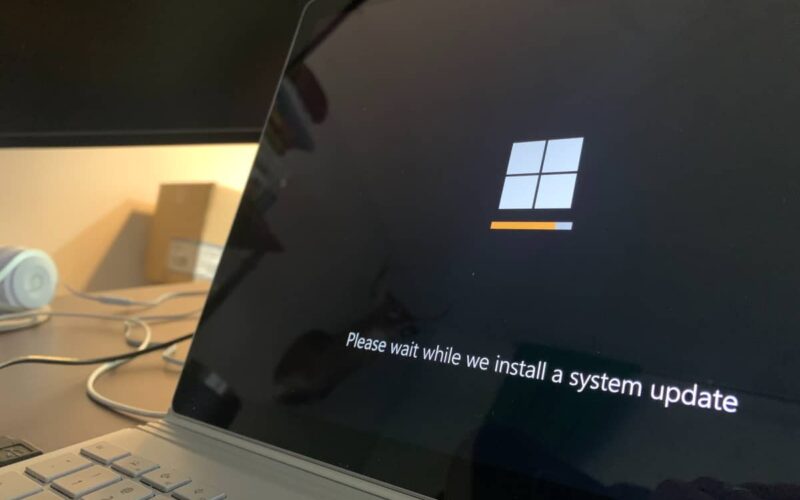Some months ago, Microsoft revealed improvements to Windows Update on Windows 11 that made updates smaller and faster to install at the same time.
The key change was the introduction of checkpoint cumulative updates. Put simply, updates would no longer have to include all the changed components since the last feature update release, but only changes since the last checkpoint update, which occur regularly after feature update releases.
Microsoft backs up the claim with numbers
Microsoft published information about the improvements in a new blog post on its Tech Community website.
There, the company revealed that updates are indeed smaller, install faster, and use less CPU resources while doing so.
To back up the claim, Microsoft released data of two tests that it ran.
First test; up to date machine
The first test applied a new monthly updated on an up to date Windows 11 system. Microsoft observed the following improvements in this scenario:
- Installation time: 45.6 percent faster.
- Restart time: 39.7 percent faster.
- CPU usage time: 15.3 percent less.
Second test; out of date machine
The second device was one that was not patched for 18 months. Microsoft admits that this is not a typical scenario, but still useful to highlight the improvements even in these unlikely scenarios.
Microsoft observed the following improvements:
- Installation time: 43.6 percent faster.
- Restart time: 33.5 percent faster.
- CPU usage time: 25 percent less.
Both tests show large reductions in both the installation time of the update and the restart time. Windows updates usually require a restart of the system. Some changes are applied while the system is not running.
Note: Microsoft did not mention any other tests. It is likely that it ran others, but it published only information about the two. Mileage may vary because of that, as improvements may also depend on other factors, including the load of the system, hardware, and other factors.
How Microsoft achieved the improvements
According to Microsoft, company engineers have improved the client servicing stack of Windows 11 24H2 in several ways next to that.
The core improvements are:
- Caching improvements — Component manifests are cached after reading and parsing for the first time, which speeds up processing, if they are referenced multiple times.
- Parallel processing — Component manifests are processed in parallel to speed up the process.
- Optimized RAM usage — On machines with plenty of RAM, more RAM is used “for storing the manifest cache”.
Smaller feature update packages
Another factor that plays a role is that Microsoft reduced the size of feature update packages by about 200 megabytes. This is achieved by comparing the app version that is included with the installed app version offered through the Microsoft Store.
In plain words, apps are conditionally downloaded and installed only if needed.
Closing Words
The first time that most Windows 11 users may notice the improvements is when they install the optional feature update or the next cumulative update for version 24H2. The optional update is already available, the next cumulative update will be released on November 12, 2024.
What is your take on these improvements? Is this something that you are looking forward to, provided that you do use Windows 11 version 24H2? Feel free to leave a comment down below.
Summary
Article Name
Windows 11 Updates install faster and Microsoft has the numbers to back it up
Description
Microsoft claims that it has improved the installation speed of updates with the release of Windows 11 version 24H2.
Author
Martin Brinkmann
Publisher
Ghacks Technology News
Logo

Advertisement
Source link
lol

